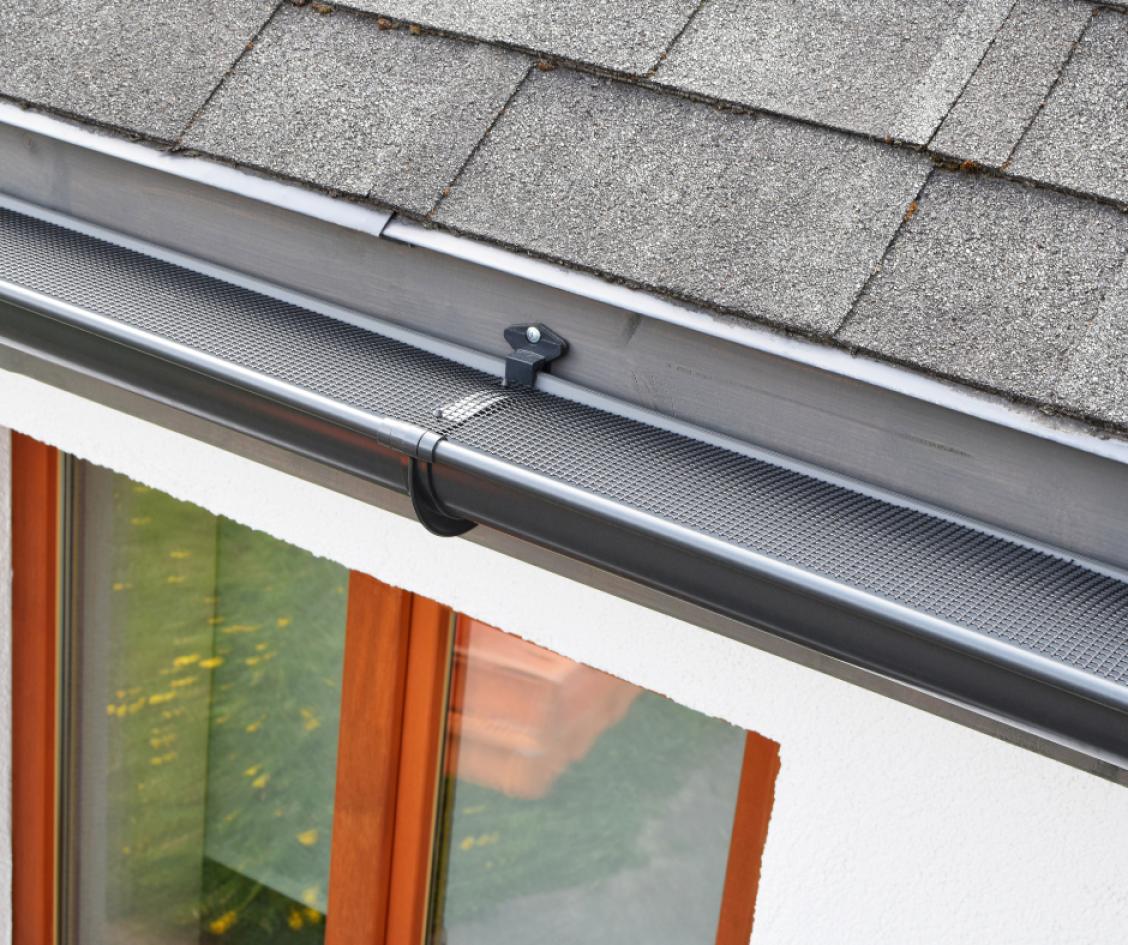DIY Gutter Repair: Addressing Common Issues Like a Pro

Gutters are essential for preventing water damage to your house because they divert rainwater from the outside walls and foundation. Gutter effectiveness, however, can be compromised by a number of problems that arise over time. These issues, which range from leaks and drooping to blockages and rust, need to be fixed right away to stop additional harm. We'll walk you through DIY gutter repair methods in this article to address common problems and maintain the best possible performance from your gutters.
Evaluating the Damage
It's critical to determine the precise problems impacting your gutters and the amount of the damage before beginning any repairs. Gather a ladder, safety equipment, and gloves, then thoroughly check your gutters for the following typical issues:
- Leaks: Keep an eye out for indications of water seeping or dripping from gutter system joints, seams, or holes.
- Sagging: Look for gutter portions that are noticeably drooping or separating from the roof.
- Clogs: Clear out any leaves, debris, or other objects that might be obstructing the gutters' and downspouts' ability to carry water.
- Corrosion: Especially with metal gutters, check the gutter material for indications of rust, corrosion, or degradation.
- Loose Fasteners: Replace or tighten any loose brackets, nails, or screws securing the gutter system.
- Issues with Pitch: Verify that the gutters are correctly sloped to direct water flow into the downspouts.
After determining the problems, you can use the following DIY methods to carry out the required repairs:
Repairing Leaks
A putty knife and a tube of waterproof gutter sealant are required to repair leaks in your gutters. To begin, use a wire brush to clean the area surrounding the leak and get rid of any dirt or debris. Cover the entire affected area with a thick layer of gutter sealant to ensure the leak is fully sealed. To guarantee a tight seal, smooth the sealant with the putty knife. Let the sealant fully cure before pouring water down the gutters to check for leaks in the repaired area.
Restoring Sagging Gutters

Spikes, hangers, or brackets that fasten the gutter system to the fascia board are frequently loosened or broken, leading to sagging gutters. In order to fix this problem, check the hangers or brackets along the gutter's affected portion to determine what's causing the drooping. Make sure the new hangers or brackets are firmly fastened to the fascia board by replacing any broken or missing ones. For additional support, you might also need to put gutter screws or add more hangers. After the repairs are finished, make any necessary adjustments to the gutter's pitch to guarantee appropriate drainage.
Cleaning Clogged Gutters
Overflowing water can cause leaks, harm to the gutter system, and damage to the surrounding property. Use a gutter scoop or a little trowel to clean buildup and debris from the gutters and downspouts in order to clear obstructions. To make sure the gutters are clear and smoothly flowing, dispose of the waste in a garbage bag or compost container and flush the gutters with water. To avoid future blockages, think about installing gutter guards or screens, which keep material out of the gutter system.
Handling Corrosion
In order to stop further degradation, you must take immediate action if your metal gutters exhibit rust or corrosion. To start, use a wire brush to scrub the corroded areas in order to remove any loose rust and dirt. To stop rust from spreading, treat the impacted areas with a primer that inhibits rust. To create a barrier against moisture and corrosion, paint the gutters with rust-resistant enamel paint after the priming has dried.
Tightening Loose Fastener
Loose brackets, screws, or nails can cause your gutter system to sag or separate from the roof. They can also impair the stability of your gutter system. Tighten loose fasteners along the gutter system with a screwdriver or drill, being careful to pay special attention to any locations where the gutters are separating from the fascia board. To guarantee a firm grasp, replace any broken or missing fasteners with brand-new ones.
In conclusion, you may maintain the best possible condition for your gutter system by using these do-it-yourself gutter repair methods to fix typical problems including leaks, sagging, blockages, corrosion, and loose fasteners. Preventing water damage to the foundation, external walls, and landscaping of your home requires routine maintenance and prompt repairs. You can safeguard your investment and feel secure knowing that your house is well-protected from the weather by being proactive in maintaining your gutters.


